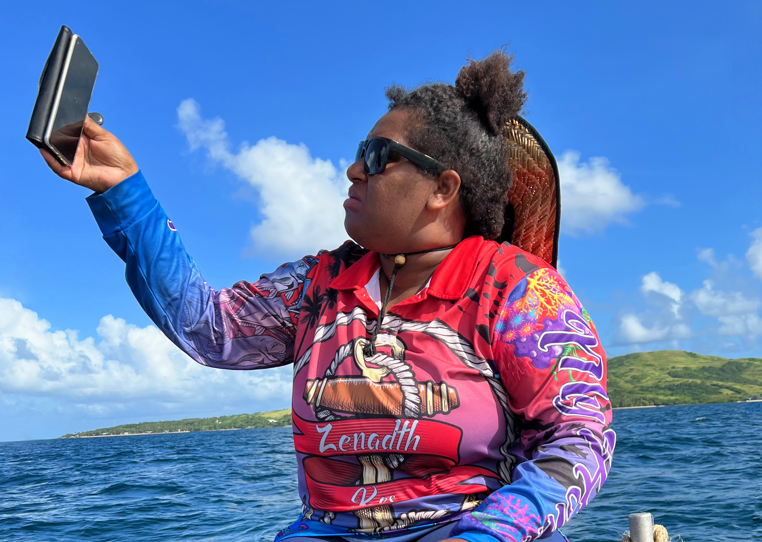Digital divide compounded for First Nations people
Laura Williams
11 October 2023, 6:40 AM
 Aerial shot of one of the research sites Yuelamu. (Supplied)
Aerial shot of one of the research sites Yuelamu. (Supplied)Access to technology and connection resources is notoriously stunted in regional NSW. For First Nations people the divide may be compounded, according to new research
The Australian Digital Inclusion Index (ADII) - which measures access, affordability and digital ability - identified that people in Outer Regional Australia are seven points (out of 100) behind people in major cities when it comes to digital inclusion.
The research that maps the digital gap for First Nations people found while Indigenous people on average face a similar divide, those living in remote or very remote communities fall up to 20 more points when it comes to digital inclusion.
Strikingly, Wilcannia, which was the only case study in NSW, faired as one of the best locations from the study in terms of digital inclusion, another 20 points ahead of Wadeye in the Northern Territory, despite being much lower than other regional areas across NSW.

Co-researcher Lala Gutchen (NAIDOC award winner & educator/cultural knowledge holder) raising her phone for internet reception while taking the team out fishing. (Supplied)
Like anyone living remotely, a lack of infrastructure and patchy, congested mobile services form one barrier to connection.
The research across 12 communities, however, found that 84 per cent of respondents used or shared a mobile service, 94 per cent of which is pre-paid.
“While pre-paid services allow people more control over mobile costs, they typically cost more per gigabyte,” said lead researcher Dr Daniel Featherstone.
“This often leads to data rationing and periods without service.”
53.3% of First Nations people surveyed in the study said they had sacrificed paying for essentials such as food or bills to stay connected, compared to 19.1% of other Australians.
While food over phone may seem like the obvious choice, being disconnected is less of an option these days, even if that connection isn’t up to par with what the world expects.
“We use these technologies to access essential services for health, welfare, finance and education, participate in social and cultural activities, follow news and media, as well as connect with family, friends and the wider world,” Dr Featherstone said.
“Improving digital inclusion and access to services is critically important to ensure informed decision-making and agency among Aboriginal and Torres Strait Islander people.”
As part of the National Partnership Agreement on Closing the Gap - where Australia has been underperforming so far - Target 17 aims to see Aboriginal and Torres Strait Islander people having digital inclusion by 2026.
With four-years already sunk into the research, there is still a long way to go in implementing action to meet Target 17.
So far, the research has contributed to policy and program reviews, with further research scheduled for the upcoming years.
Data for digital access for Indigenous people local to the Western Plains is unavailable.



